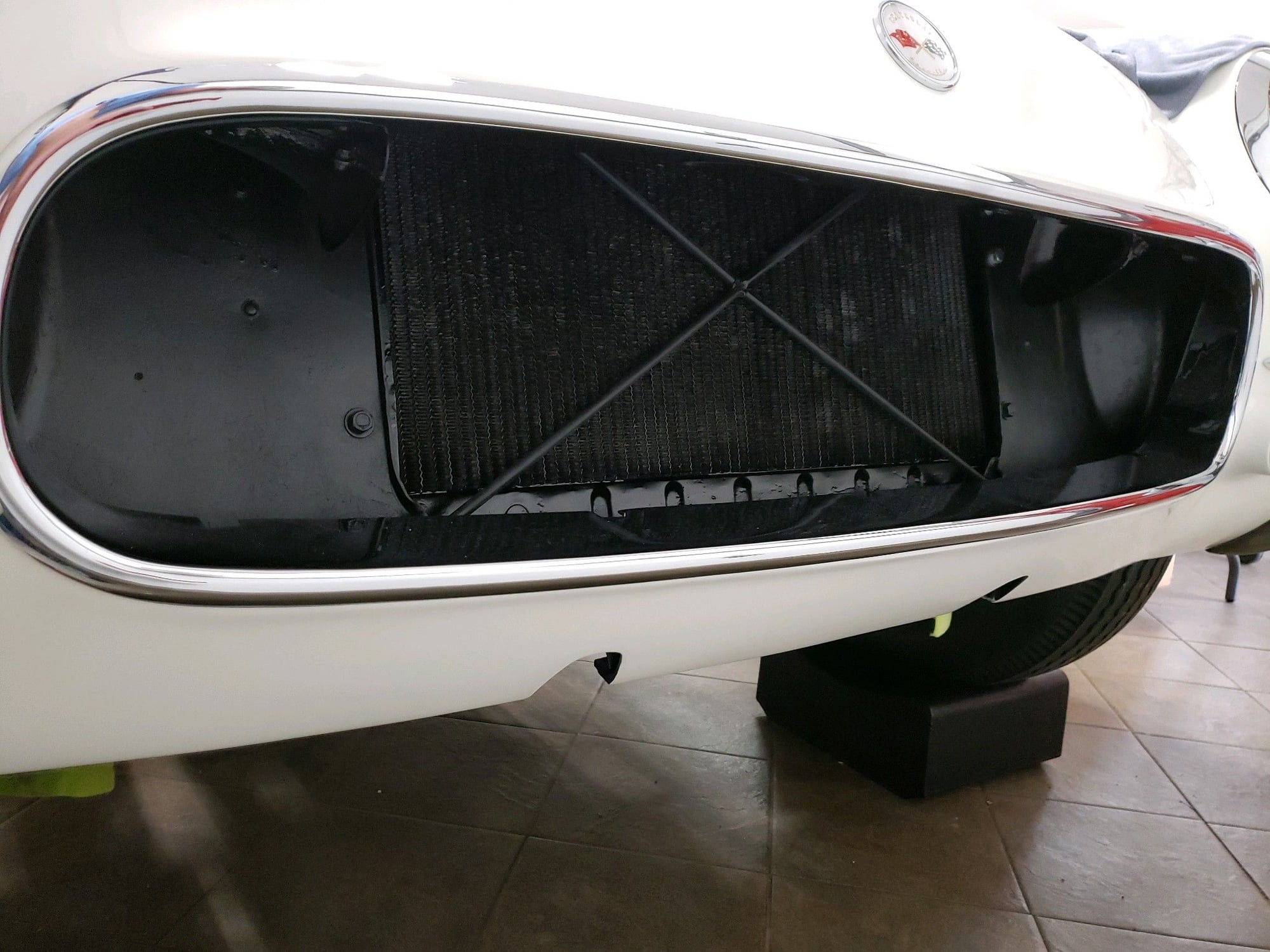
That first prototype closely followed the basic specifications of the Nash-Healey and the Jaguar XK120, in fact the name “EX-122” was quite possibly inspired by the XK120 name.Ībove Image: An unusual photograph from the Chevrolet archive showcasing how light fiberglass body parts are. General Motors management were able to be persuaded to give the project the go-ahead and work began on “Project Opel” (named after GM’s European division Opel) as it was called in late 1951, and Harley Earl’s first prototype was called the “EX-122”. The Nash-Healey was very expensive, and Harley Earl believed that GM could make something competitive with it for a lot less money.

Nash were one of GM’s competitors and they had obtained their sports car by teaming up with British sports car designer Donald Healey and Italian design house Pininfarina. The car that got General Motors designer Harley Early thinking was the Nash-Healey. Once America had been bitten by the European sports car bug some British car makers got busy creating sports cars specifically for the US market, Jaguar and their XK120 being a good example along with Triumph, and the cars of Donald Healey, notably the Nash-Healey and the Austin-Healey.Ībove Video: Jay Leno takes a closer look at the C1 Corvette.īy 1951 the leadership at General Motors had taken note of the European sports car phenomenon and figured that they could produce a great all American sports car just like the ones being imported from Europe and sell them for less money than the foreign cars. The pioneering sports car was most likely the diminutive MG and also cars from Alfa Romeo.

You see it was all those American servicemen who came home from the second world war with British and Italian sports cars that created the market for affordable, lightweight sports cars in the United States. The people who, I think, were responsible for the inspiration of the Chevrolet Corvette, were the British, with a bit of help from the Italians.

The Inspiration For The Corvette – Blame the British?


 0 kommentar(er)
0 kommentar(er)
